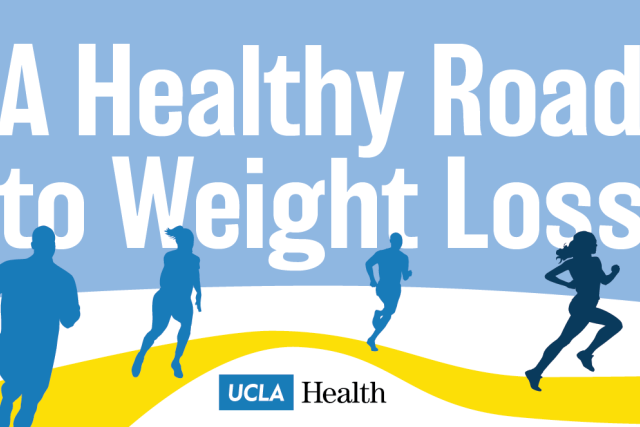Monitoring your exercises and meals — a method called “tracking” — leads to beneficial health results.
Using a calendar or monitoring app to log your physical activity is a great way to help stay motivated and, in addition, record how long you have been active.
But we still need to be mindful of how we’re tracking our exercises, says Deviny Mo, manager of UCLA Health Sports Performance powered by EXOS.
Think qualitative over quantitative when tracking exercise
“While you’re tracking exercise,” Mo said, “it’s good to take a moment for reflection right before you train and ask yourself questions like, ‘How are my energy levels today?’ ‘Where is my level of soreness?’ ‘Do I feel motivated?’
“Everyone’s perception of exertion during exercise is going to be different,” she said. “On a scale of one-to-10, for example, if you’re at a full-on 10 in terms of soreness level, then dial it down, and if you’re at two or three, maybe you’re not pushing yourself hard enough.”
If the goal is to increase your strength, then quantitatively tracking the amount of weight you lift is not a bad thing if you want to know where you left after your last session. But don’t use those numbers to compare yourself to another individual; your journey is different from theirs.
Mo reminds us to give ourselves grace when tracking our workouts.
“Your strength levels may vary from day to day,” she said. “You may not be able to lift as much weight today as you did yesterday due to energy levels — or even hormonal levels as it relates to females.”
It also is a good idea to keep track of the muscle groups you target daily, as well as repetitions. By doing so, you can gauge the amount of rest needed before targeting that muscle group again later in the week, as well as the type of exercises you’re doing for each muscle group.
Best ways to track exercise
Technology has made it much easier to track your fitness goals. With smartphones and fitness watches, individuals can monitor calories burned, map out runs and observe heart rates during exercise.
In addition, there are more than a dozen fitness apps that can help people reach their fitness and nutrition goals.
“There are a lot of good fitness and nutrition apps you can download on your phone. It all depends on your goals,” Mo said.
Tracking your diet
Being mindful of your nutrition also is important. There are food diary apps that enable you to keep tabs on what you eat, as well as their nutritional content. This enables you to keep track of your protein, fiber and fruit and vegetable intake.
“These are all good ideas, but getting with a certified dietitian is the best way to organize your eating habits. From there, you can get a better idea of what foods you can add to your diet,” Mo said.
“Keeping track of what you are eating daily is a sustainable and effective way of holding ourselves accountable.”
Discover more about tracking your nutrition and exercise.



